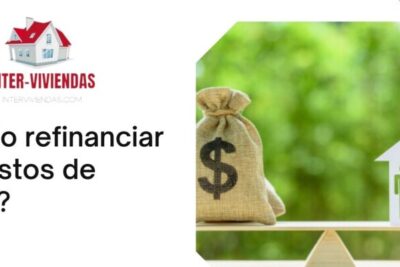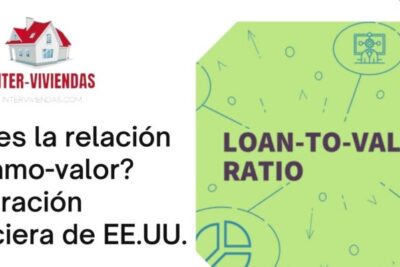Americans are deeply in debt. As of mid-2019, American borrowers owed a total of $1.4 trillion in student loans and an additional $1.7 trillion in consumer credit card debt. And, of course, there’s $1.28 trillion in auto loan debt. Add to that first and second mortgages, home equity loans , boat and RV loans, medical bills, and personal loans, and it’s clear that many Americans have too much debt. If you’re a homeowner and fall into this category, you may want to consider debt consolidation by refinancing your mortgage .
What is consolidation?
Consolidating your debt means taking out one large loan to pay off all of your other debts. You’ll then make just one debt payment each month, simplifying the process of paying bills. If you can get a lower interest rate on your consolidated loan, you may end up saving money, too. To consolidate your mortgage debt, you’ll need to apply for a cash-out refinance . This means paying off your existing mortgage with a new loan and using some of your equity to take out cash to pay off your other debts.

Why is refinancing to consolidate a good idea?
Most types of debt have higher interest rates than a mortgage loan. For example, credit cards can have rates between 13% and 23%. By consolidating with a cash-out refinance loan, you could have a debt payment that carries a much lower, more affordable interest rate . Over the life of your loan, you could end up saving tens of thousands of dollars in interest.
Is this a good idea for me?
If you have enough equity and can get a lower interest rate, it may make more sense to consolidate your debt with a mortgage. If your cash-out refinance raises your loan-to-value (LTV) ratio above 80 percent, you’ll need to pay private mortgage insurance. PMI can add hundreds of dollars to your monthly mortgage payment and wipe out any consolidation savings. To calculate your current LTV, divide your mortgage balance by the appraised value of your property . For example, if you owe $215,000 and your home is worth $300,000, your LTV would be 0.72, or 72%. To calculate the LTV after a cash-out refinance, add the money needed to pay off your other debt to the current loan balance. Assuming you have $20,000 in other debt, you’d divide $235,000 by $300,000 to get an LTV of 78%.
Other Considerations
A cash-out refinance loan doesn’t eliminate your other debts, it simply rolls them into one larger loan. This will increase your monthly mortgage payment. In some cases, it’s better to keep a smaller debt with a higher interest rate and pay it off as quickly as possible.
You may also be at a higher risk of defaulting on your home if your mortgage payment increases too much. Lenders can’t foreclose on your home if you default on your credit card debt, but you could lose your home if you consolidate your debts and don’t pay them in full.
Refinancing to consolidate loans can be a great way to save money and simplify your finances. It may not be the right option for everyone, but you can talk to a trusted mortgage professional to see if it’s right for you.
As you can see, there will always be “good” debts, it is certainly worth it when you use them to your advantage, acquiring a property will always be a good investment, if the world of housing interests you, we invite you to visit the blog





